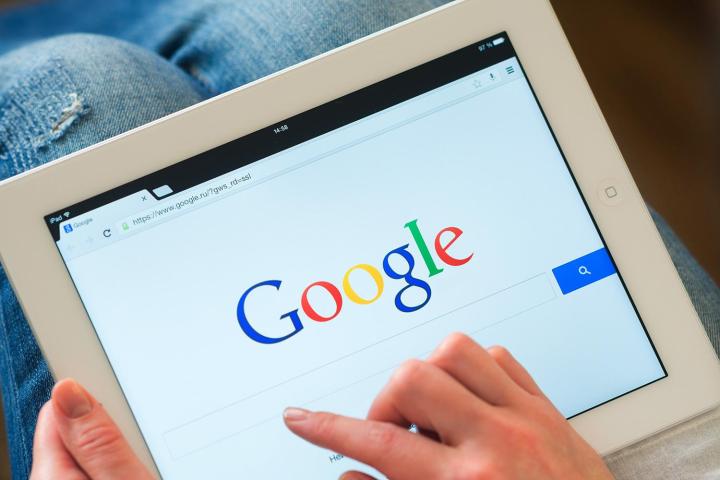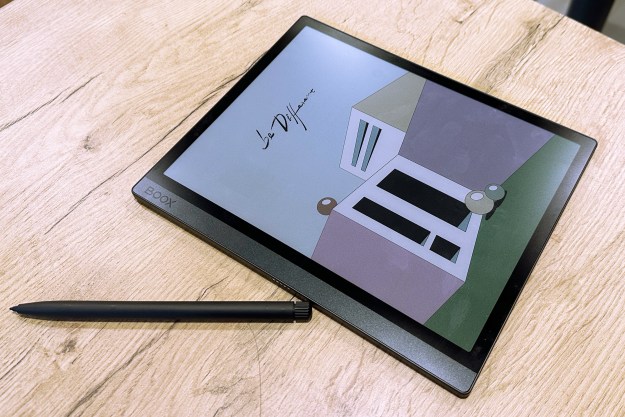
The aforementioned tools — which includes YouTube, Image Search, and Google Alerts, to name a few — aren’t exactly new, but Google’s created a Material Design-inspired web portal to highlight and demonstrate their potential usage in the course of reporting. News Labs with Google distills the search giant’s products down into four focus areas: Research, report, distribute, and optimize.
Each offers step-by-step introductions to the bevy of editorial resources available to writers, such as breaking down how to embed Google Maps in articles, or rely on Google Alerts to follow breaking stories. There are case studies highlighting news organizations which have used Google’s offerings particularly inventively — the New York Times, for instance, mapped the number of Americans without health insurance using data gathered from the United States Census Bureau and Google Maps.
Among the many tools is Google Trends, a visualization engine for Google queries and the second foundational pillar of Google’s News Lab program. It received an overhaul last week — its biggest expansion since 2012 — that Google says provides journalists with more targeted data. Trends now feature real-time data, a homepage with a list of trending stories across the Web, better coverage for niche topics in smaller geographies, and a daily selection of interesting data sets from Google’s News Lab editorial team.
Beyond tutorials and improvements, Google’s getting in on the ground floor of reporting efforts by providing “financial support and mentorship” to San Francisco-based media accelerator Matter, journalism community Hacks/Hackers, and others around the world. In the same vein, it’s stepping up efforts around citizen reporting — the WITNESS Media Lab and First Draft Coalition, launched last week, aim to address the ethical questions around crowdsourced information. And YouTube Newswire, a collaboration with social news agency Storyful, verifies and curates video content.
News Lab is the latest manifestation of Silicon Valley’s preoccupation with reporting. It comes on the heels of two projects, Twitter’s Project Lightning and Facebook’s Instant Articles, with the same endgame: attracting more eyeballs to articles (and by extension advertising) by making them easier and quicker to digest.
Whether users find breaking news hubs, richer stories, and verified crowdsourcing compelling enough to engage longer with pages remains to be seen, but at least the ancillary effects are good. After all, it’s tough to argue that faster, more accurate reporting isn’t of benefit to us all.


